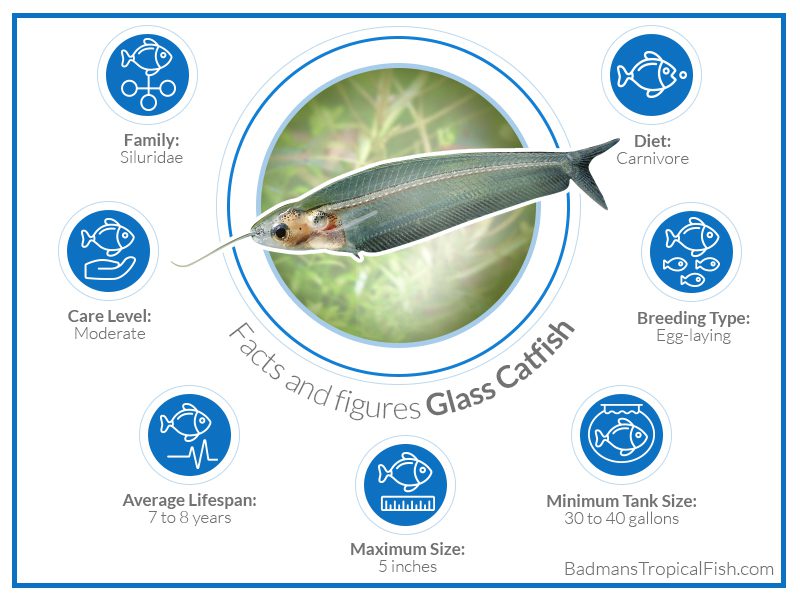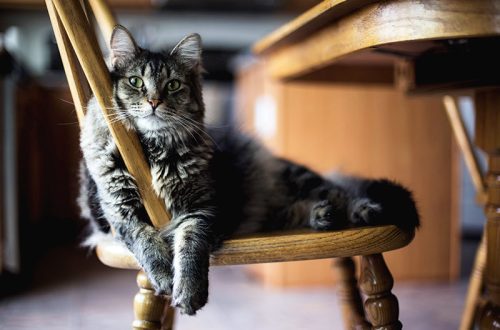
ត្រីកែវ៖ លក្ខណៈបង្កាត់ ការផ្តល់ចំណី ការថែទាំ និងថែទាំ
Glass catfish are rather peculiar fish, this manifests itself in their unusual color, or rather, they are generally transparent, and they behave differently, not like other catfish. In nature, in fact, there are a lot of species of glass catfish, but at home they usually contain only two – Kryptopterus minor and Kryptopterus Bichirris. The only difference between them is that Indian catfish grows up to 10 cm, and minor up to 25 cm.
Without a doubt, glass catfish are different from other types of fish in that they are completely transparent, and this immediately catches the eye. These fish are best kept in small flocks, not mixed with other breeds.
Habitat of catfish in nature
In nature they live in Southeast Asia, as well as on islands such as Sumatra, Borneo and Java. An adult usually reaches a length of 10 cm, they are found in fresh water and belong to the order of predators.
In nature, catfish always keep in flocks, but small, in the middle layers of water. If the fish are lonely, that is, without a flock, then in most cases they die. Glass catfish feed on zooplankton and larvae of aquatic insects that move in the middle layers of the water.
Keeping glass catfish at home
Glass catfish themselves are small, which is why they do not need a huge aquarium and a lot of water. If you want to keep a flock of six individuals, then it’s quite enough aquarium for 80 liters. It is better not to keep a smaller number of fish, as they become shy and because of this they quickly lose their appetite.
These fish are very fond of various vegetation, which is why a large number of living plants should be planted in the aquarium without fail. Catfish are very fond of shaded areas, so it is advisable to place floating plants as well. Lighting should not be too bright, as this can be stressful for the fish.
Glass catfish are very sensitive to cleanliness, which is why it is necessary to take care of excellent water filtration. Aeration is also required. Here optimal water parameters:
- Acidity – 6,5-7,5 pH
- Hardness – 4-15 dH
- Temperature – 23-26 degrees
Change the water in the aquarium should be done weekly. The glass catfish is active during the daytime and is located in the middle layers of the water, where it spends all its main time. It should also be remembered that these fish do not know how to pick up food from the bottom of the aquarium. For feeding, you can use not only live food, but also high-quality dry food. The diet is best to somehow diversify so that it is not the same.
Catfish have a peaceful nature and get along well with such types of fish: rhodostomuses, neons and minors. However, experts advise ទុកពួកវាឱ្យនៅដាច់ដោយឡែកso they don’t get stressed out.
Reproduction of catfish
There is little information on the reproduction of glass catfish, this is due to the fact that breeding is carried out in the Far Eastern fish farms. As a spawning ground, you can use a simple clean plastic basin, the capacity of which is not more than 30 liters. When breeding catfish, one should not put soil on the bottom, but plants are needed, for example, such as anubias.
In order for catfish breeding to be successful, you should choose only young females and males, since their offspring are actually the most powerful. Before mating, it is necessary to feed them with chopped bloodworms – this type of subcortex has a great effect on milk and caviar.
In the evening, one female and three or four males are allowed into the spawning ground. For stimulation, you need to reduce the water temperature to about + 17- + 18 degrees, since reproduction occurs in cooler water. Ideal breeding requires good lighting, which is set up as follows: a dim light is on, the spawning ground is covered with a cloth, but at the same time a small gap must remain open through which the light will pass.
Spawning usually lasts no more than four hours, or even less. At the very beginning, the males chase the female along the entire perimeter of the spawning ground. Then the female herself swims up to the male and collects milk in her mouth, then swims up to the illuminated place lubricates the wall with milk and glues a few eggs, and continues this several times. When the female has laid her eggs, the males are separated from her, and the water temperature in the spawning ground is raised to 27-28 degrees Celsius. Incubation takes no more than three days.
When the fry are born, the water temperature is again lowered to 20 degrees. They should be fed four times a day:
- ciliates
- rotifer
- naupliami rachkov
As they grow, the following foods can also be added to the fish menu: finely chopped tubifex or substitute feeds. Babies grow up fast enough and in a month grow in length to almost one centimeter. Puberty occurs in seven to eight months.
In order for the glass catfish to live for a long time, it is necessary to adhere to the above rules. Provide them with high-quality food, protect them from all diseases, and also monitor the temperature of the water, and then they will delight you with their unusual appearance and behavior for a long time. Good luck with keeping and breeding catfish!





